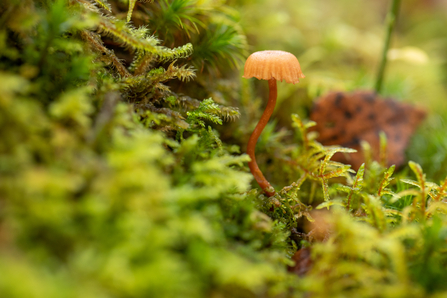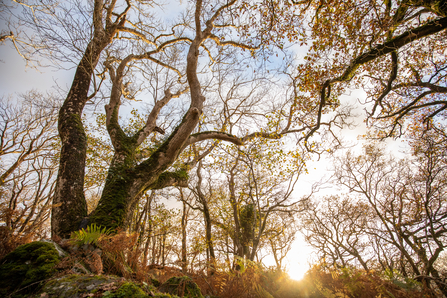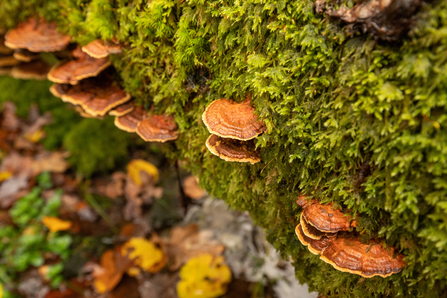The Wildlife Trusts are embarking on an ambitious new project to restore British rainforests thanks to £38 million of funding from Aviva.
It is part of a wider programme of nature-based projects funded by Aviva to remove carbon from the atmosphere. It will improve biodiversity and climate resilience by restoring wild places including British temperate rainforests. British rainforests have been largely destroyed over many hundreds of years for timber, farming, transport networks and development. Now they cover less than 1% of Britain in areas such as western Scotland, the Lake District and western Wales.
Creating and connecting wilder landscapes is fundamental for nature’s recovery, stopping climate change and adapting to its impacts. This includes achieving UK net-zero targets, reducing the threat from extreme heat, flood and drought, and protecting at least 30% of land and sea for nature by 2030.




